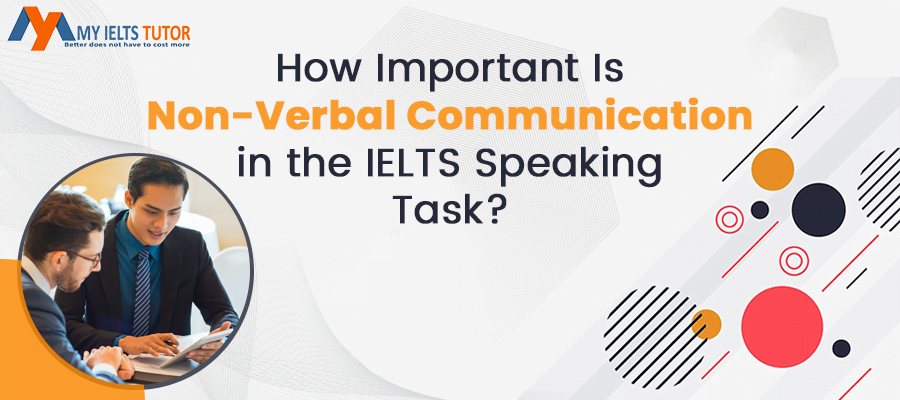Mastering IELTS True/Flase/Not Given Questions – Strategies and practice
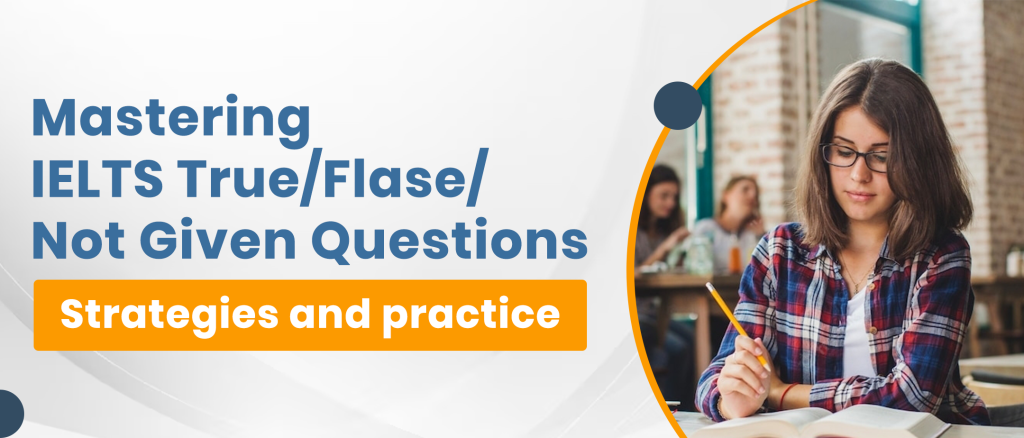
Table of Contents
Introduction
The International English Language Testing System (IELTS) is a well-known test that judges how well non-native English speakers can communicate in English. The True, False, Not Given (TFNG) question type is one difficult question style that frequently presents a significant barrier for test-takers. In this blog post, we’ll discuss how to answer TFNG questions effectively and give you a sample passage and the solutions so you can practise.
Understanding True/False/Not Given
The purpose of IELTS TFNG questions is to evaluate how well you can accurately understand the specifics and implied information in a given passage. Here is what each choice means:
- True: The information in the statement matches the information in the passage.
- False: The information in the statement contradicts the information in the passage.
- Not Given: The information in the statement is not discussed or mentioned in the passage.
Strategies To Mastering True False Not Given Question
Skim the passage: To get a general understanding of the subject and the main ideas put forth, start by quickly skimming the passage. You can become more familiar with the situation by reading this introduction.
Read the Question: Read the TFNG question carefully, making sure to underline any words or phrases that call attention to a particular piece of information. Keep an eye out for negation words like “not” or “never,” as they can alter the statement’s meaning. Also check for qualifying words like ‘some’ ‘any’, ‘many’, ‘little’ etc
Mark Keywords– While reading the question it is very important to mark the keywords of the question, so as to locate them in the paragraph. You must take care while marking words as those words that add an important meaning to a question must be taken care of. Even the minor details like article ‘a’ ‘an’ and ‘the’ can sometime change the meaning. Always mark those words that carry important meaning.
Scan Keywords of the question: It’s the time when you need to look for particular word in the paragraph. These are the words from the questions. Reread the passage with the query in mind, looking for details that specifically respond to the statement. Look for alternative words or phrases that could be used in place of the question’s keywords.
Comprehend and understand the location: One you identify the loaction it is crucial to understand the information of the paragraph and relate it with the statement. Mark the statement as “True” if it accurately reflects the information. Mark the claim as “False” if there is convincing evidence to the contrary. Be careful not to confuse contradictory information with information that is merely withheld, though.
Check the “Not Given” options: Mark something as such if it doesn’t match any of the information in the passage. Do not assume the solution based on your prior knowledge or logical inferences.
Major reason why we get confused between False and not given.
In the IELTS Reading Test, common questions include true, false, not given. You will be asked to identify information in a text, then reading statements and deciding if they are true, false or not given. Using Tips tricks and strategies can not only help you to solve it faster but also accurately.
Assumptions-
Students often assume the information. In IELTS We need to go by the writers viewpoint. Look for evidence, when you start assuming it means you need to recheck the statement.
For Example – The amount of foreign language users has increased in recent years.
TRUE- If in paragraph they are referring to the increase in foreign language speaker it will be true
FALSE– If contradiction is there (decline in users of other languages) then it is clearly False
Not Given – If statement states that ‘there are many foreign language users’ We cannot assume that it increased or decreased. It is something undefined in the paragraph. So answer would be not given.
Practice Passage with Answers:
Passage
The Amazon rainforest, known for its incredible biodiversity, is home to numerous plant and animal species. It is often referred to as the “lungs of the Earth” due to its ability to produce a significant amount of oxygen through photosynthesis. However, the rainforest is currently facing severe threats due to deforestation. The loss of trees not only reduces oxygen production but also contributes to climate change by releasing large amounts of carbon dioxide into the atmosphere.
Do the following statement agrees with the information given in the text
Statement 1: The Amazon rainforest is the most biodiverse ecosystem on Earth. Answer: True
Statement 2: The Amazon rainforest is responsible for all oxygen production on Earth. Answer: False
Statement 3: Deforestation in the Amazon rainforest does not contribute to climate change. Answer: False
Statement 4: The Amazon rainforest is mainly composed of coniferous trees. Answer: Not Given
Conclusion
The IELTS exam’s True, False, Not Given questions call for a combination of attentive reading, critical thinking, and comprehension of the passage. You can increase your accuracy in responding to these difficult questions by skimming the passage, picking out important details, and assessing statements in light of the offered options. Don’t forget to regularly practise using model passages to improve your comprehension abilities and succeed on the IELTS exam. Good fortune!
The diverse population of Singapore makes it a culturally rich place to live. It is welcoming for people with various cultural experiences to study or work without feeling out of place. Apart from this, the quality of education and the career opportunities available make Singapore an ideal destination for young students. With modern infrastructure and student-friendly cost of education, Singapore is rapidly becoming an educational hub for students who want to travel outside of India to study.
Adding to that is the global acceptance of the degree, and the chance of securing placement is also higher. Since Singapore is one of the popular business hubs in South-East Asia, you will find many large corporations have their presence here and recruit candidates from local universities.
-
 IELTS 8 Band Prodigy Pack – IELTS Complete Prep E-books (General Training)Product on sale₹799.00
IELTS 8 Band Prodigy Pack – IELTS Complete Prep E-books (General Training)Product on sale₹799.00 -
 IELTS 8 Band Prodigy Pack – IELTS Complete Prep E-books (Academic)Product on sale₹799.00
IELTS 8 Band Prodigy Pack – IELTS Complete Prep E-books (Academic)Product on sale₹799.00 -
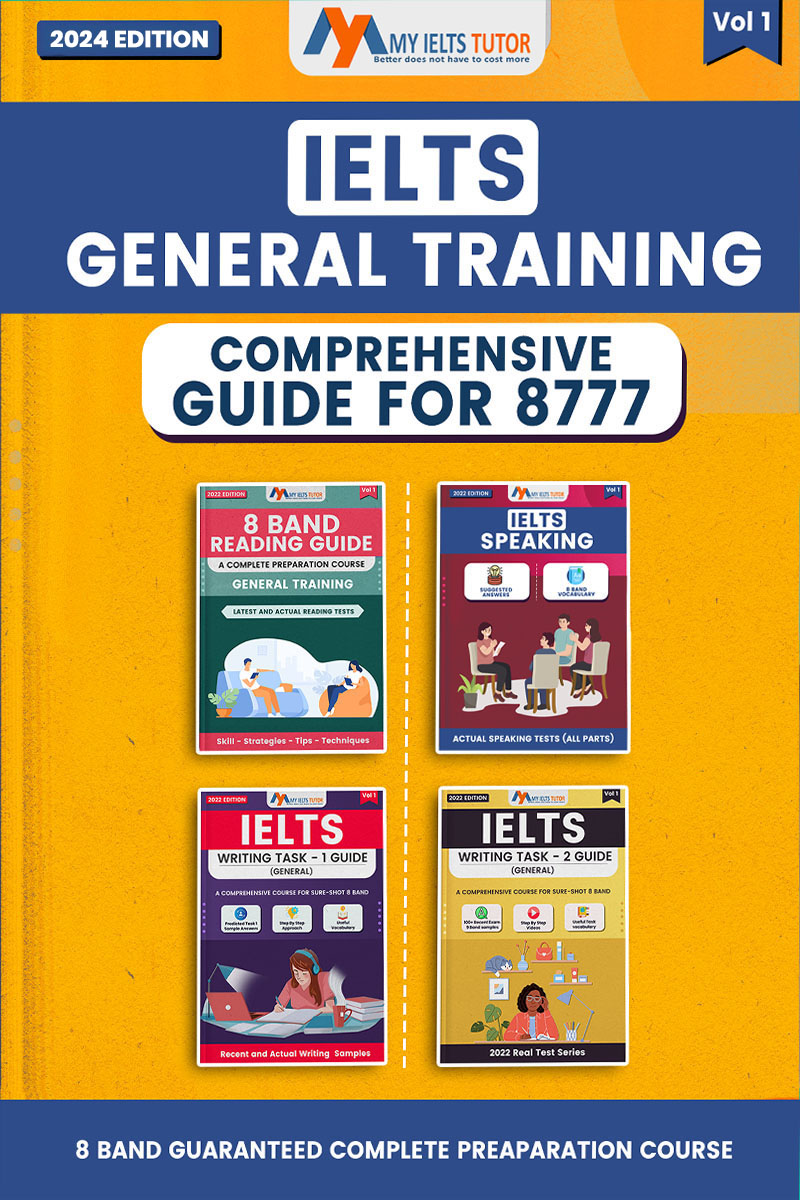 IELTS Preparation- General Training Combo (Comprehensive Course for 8777)Product on sale₹1,499.00
IELTS Preparation- General Training Combo (Comprehensive Course for 8777)Product on sale₹1,499.00 -
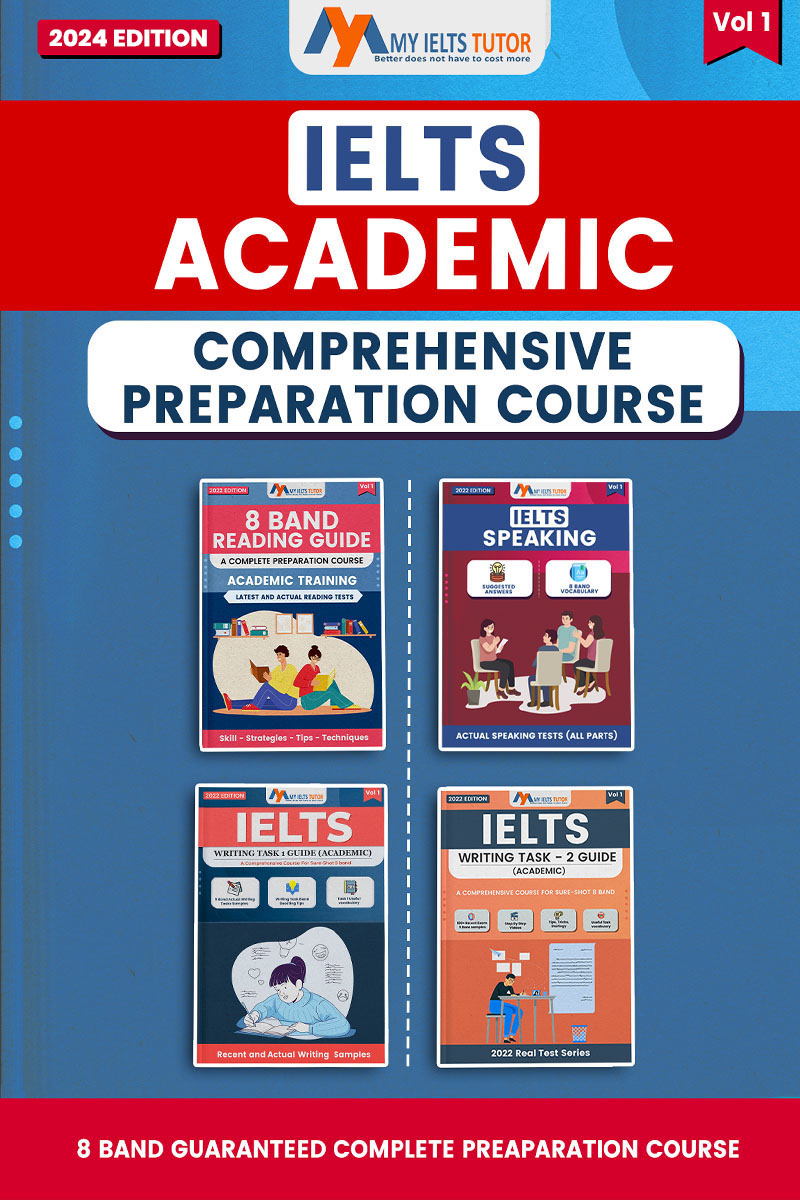 IELTS Material (Academic) – A Comprehensive 8 Band Material (All Modules In one)Product on sale₹1,499.00
IELTS Material (Academic) – A Comprehensive 8 Band Material (All Modules In one)Product on sale₹1,499.00 -
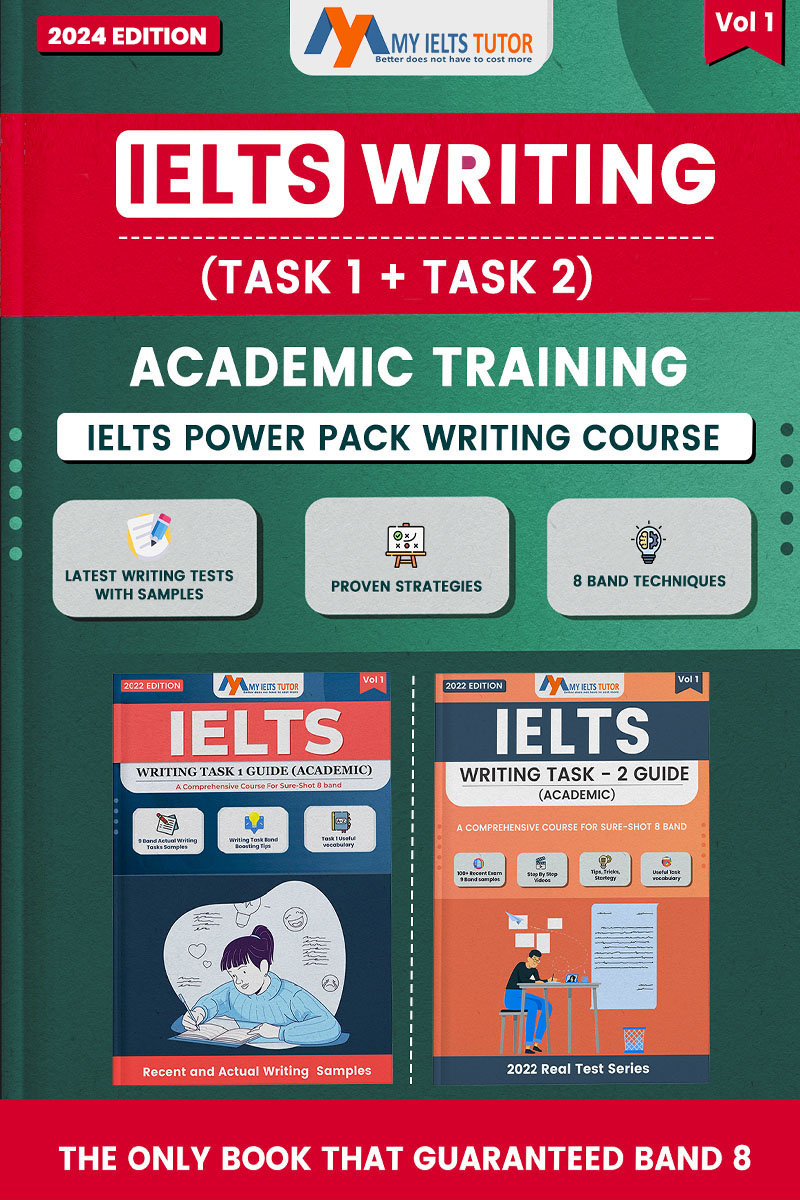 IELTS writing (Academic) -A complete 8 band writing guide (2024 Edition )Product on sale₹999.00
IELTS writing (Academic) -A complete 8 band writing guide (2024 Edition )Product on sale₹999.00 -
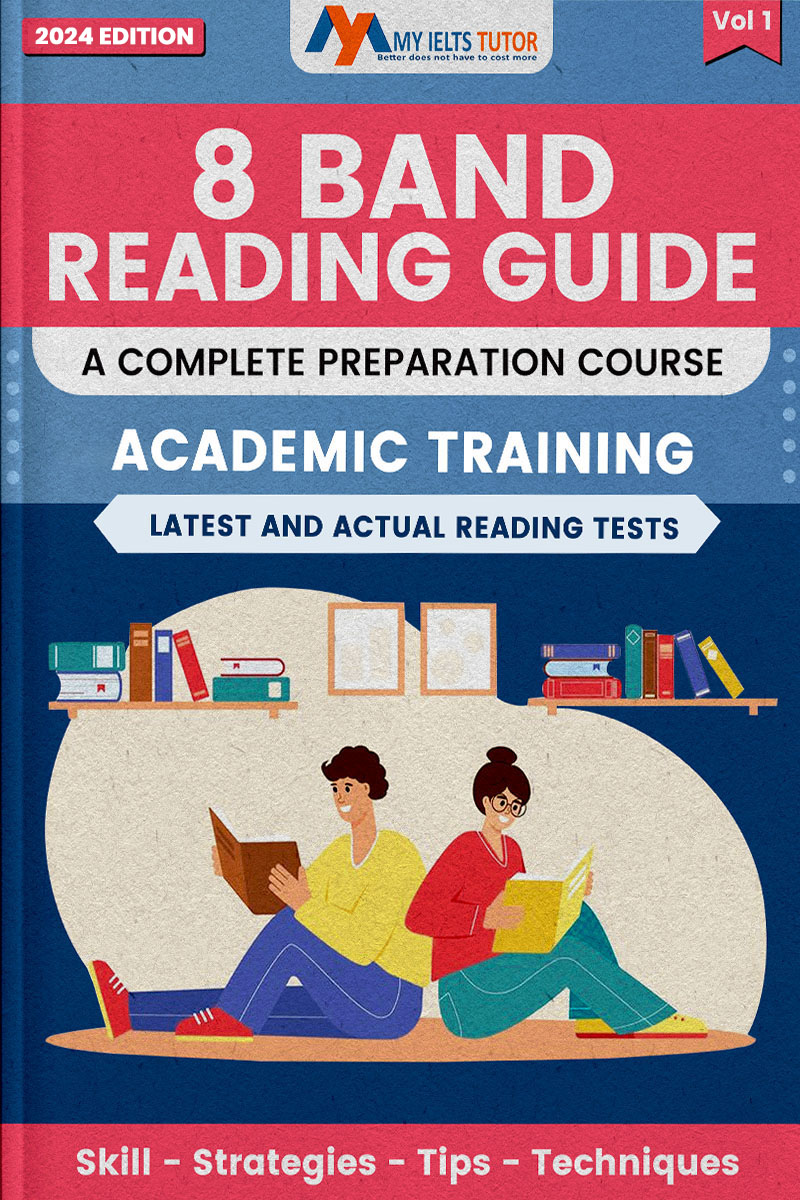 IELTS Academic Reading E-book – A Book With Actual Reading Tests- 2024 EditionProduct on sale₹799.00
IELTS Academic Reading E-book – A Book With Actual Reading Tests- 2024 EditionProduct on sale₹799.00 -
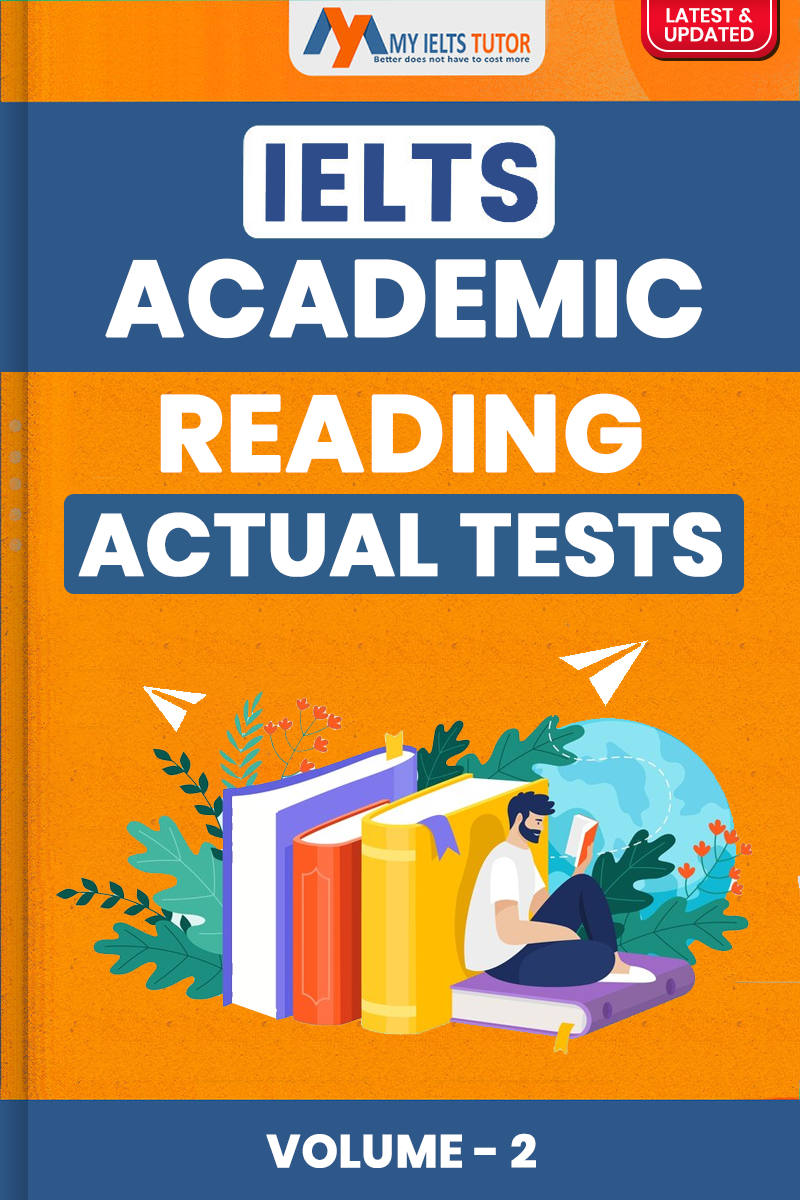 IELTS Academic Reading – Real Reading practice tests (Volume- 2) 2024Product on sale₹499.00
IELTS Academic Reading – Real Reading practice tests (Volume- 2) 2024Product on sale₹499.00 -
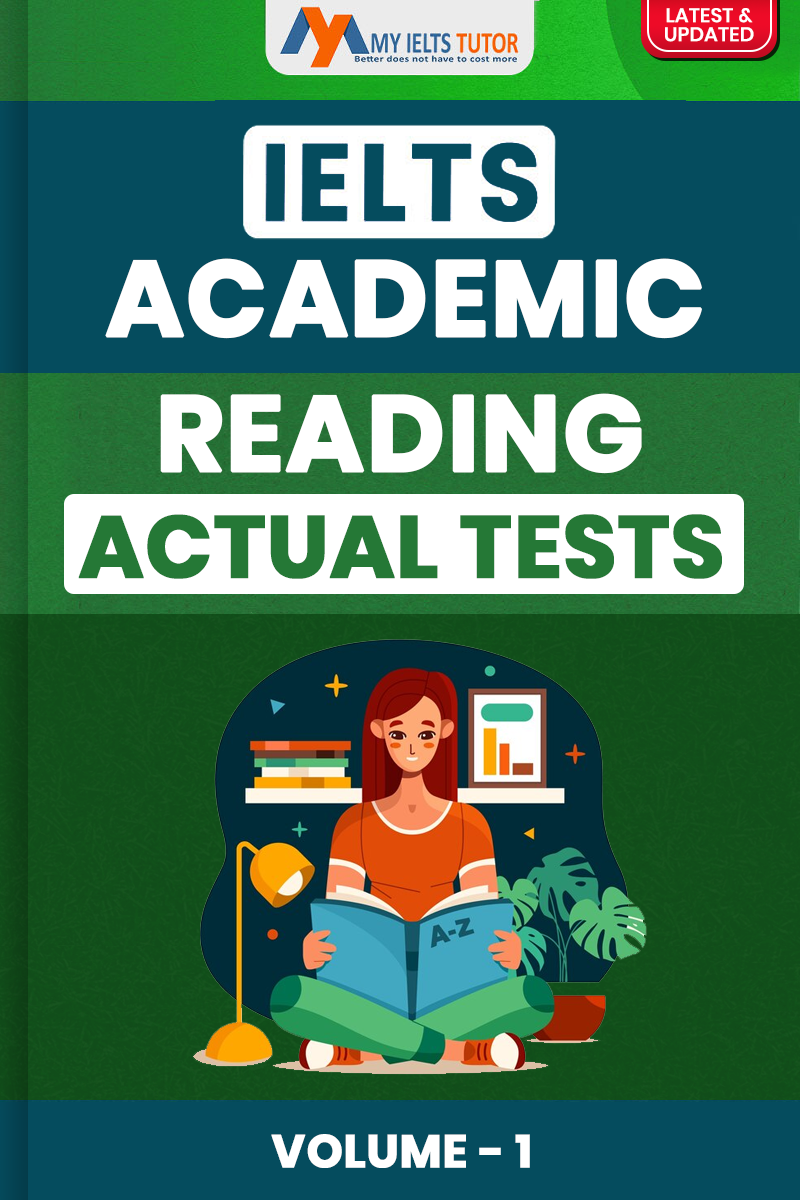 Best IELTS Academic Reading – Actual Reading Tests (Volume-1) 2024Product on sale₹349.00
Best IELTS Academic Reading – Actual Reading Tests (Volume-1) 2024Product on sale₹349.00 -
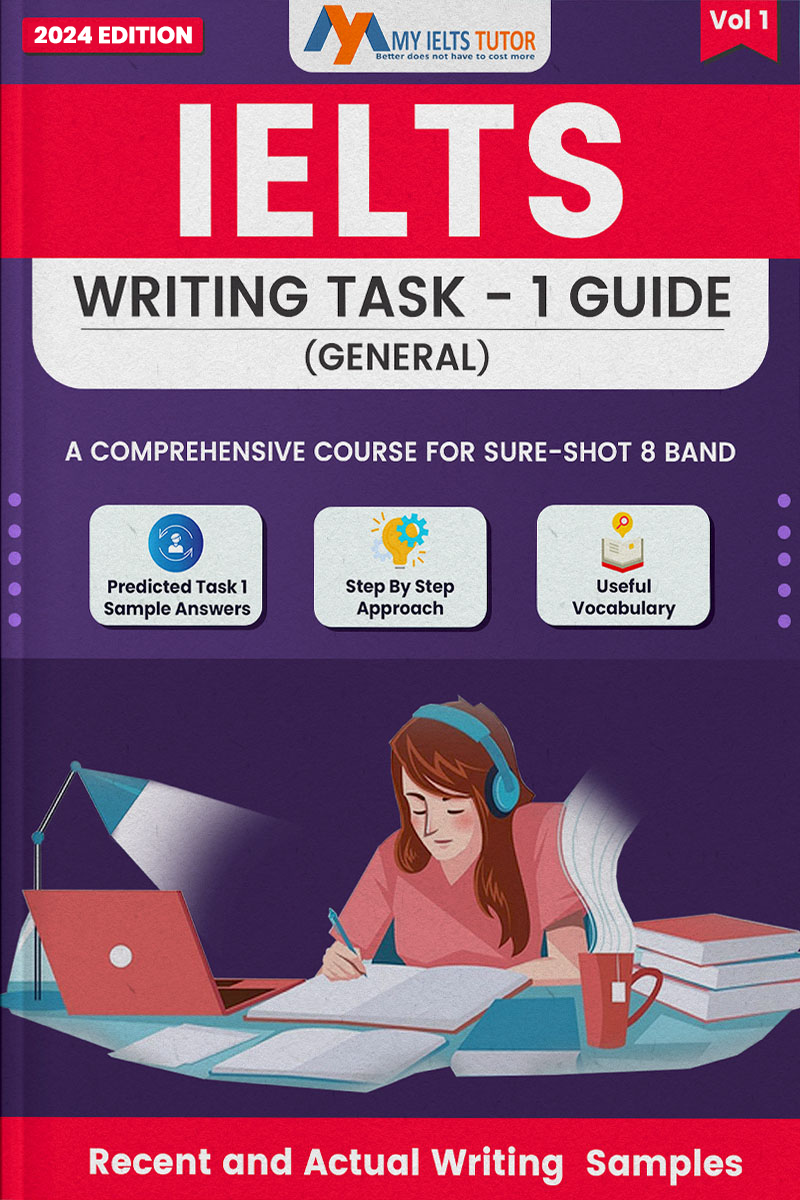 IELTS Writing Task 1 (General Training) 8 band writing guide (2024 Edition) Actual IELTS Practice questionsProduct on sale₹799.00
IELTS Writing Task 1 (General Training) 8 band writing guide (2024 Edition) Actual IELTS Practice questionsProduct on sale₹799.00





